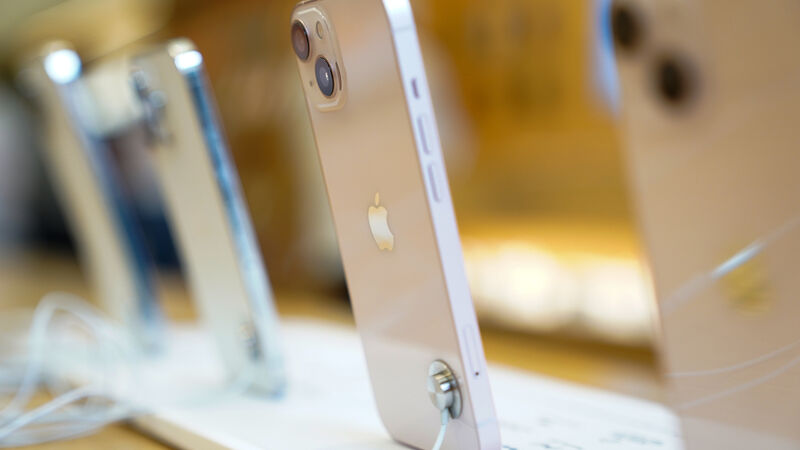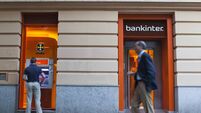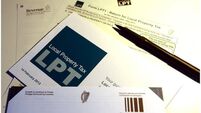Apple admits weak demand for new iPhone-13 model

Apple's iPhone 13 model is suffering a slowdown in demand.
Apple, already suffering from a global supply crunch, is now confronting a different problem in slowing demand.
The company has told its component suppliers that demand for the iPhone 13 line-up has weakened, signalling some consumers have decided against trying to get the hard-to-find item.
Already, Apple had cut its iPhone 13 production goal for this year by as many as 10m units, down from a target of 90m, because of a lack of parts. But the hope was to make up much of that shortfall next year – when supply is expected to improve.
The company is now understood to be informing its vendors that those orders may not materialise.
The company is still on track for a record “holiday” season, with analysts projecting a sales increase of 6% to $117.9bn (€104bn) in the final three months of the calendar year. But it won’t be the blockbuster quarter that Apple – and Wall Street – had originally envisioned.
Shortages and delivery delays have frustrated many consumers. And with inflation and the Omicron variant bringing fresh concerns to pandemic-weary shoppers, they may forgo some purchases.
That could mean skipping the iPhone 13 altogether and waiting to upgrade next year, when its successor comes out.
The current line-up, which starts at $799 for the standard model and $999 for the Pro, is considered a modest update from the iPhone 12, which had a whole new design. Bigger changes are expected for the 2022 model, giving some shoppers a reason to wait.
The iPhone is Apple’s flagship product, accounting for about half of its $365.8bn in revenue during the last fiscal year, and rolling out upgrades is a delicate dance.
With the iPhone 13, Apple and wireless carriers unleashed aggressive rebate programmes to spur purchases. In some cases, owners of an iPhone 12 or earlier models were able to buy an iPhone 13 at little to no cost.
During Apple’s last earnings call in October, CEO Tim Cook said demand for new products was “very robust” – fuelled by interest in the latest iPhones, iPads and other devices – and that the company was on track for a record quarter. It had sales of $111.4bn in the year-earlier period.
He pointed to supply constraints as the company’s biggest challenge. Mr Cook predicted the struggle to get enough components, particularly chips, would cost Apple more than $6bn in revenue during the holiday quarter.
Last month, Apple’s main iPhone assembler, Foxconn, predicted its business would shrink this quarter from a year earlier – caused by declines in consumer electronics and computing – as it continues to suffer from the chip shortage.
• Bloomberg











